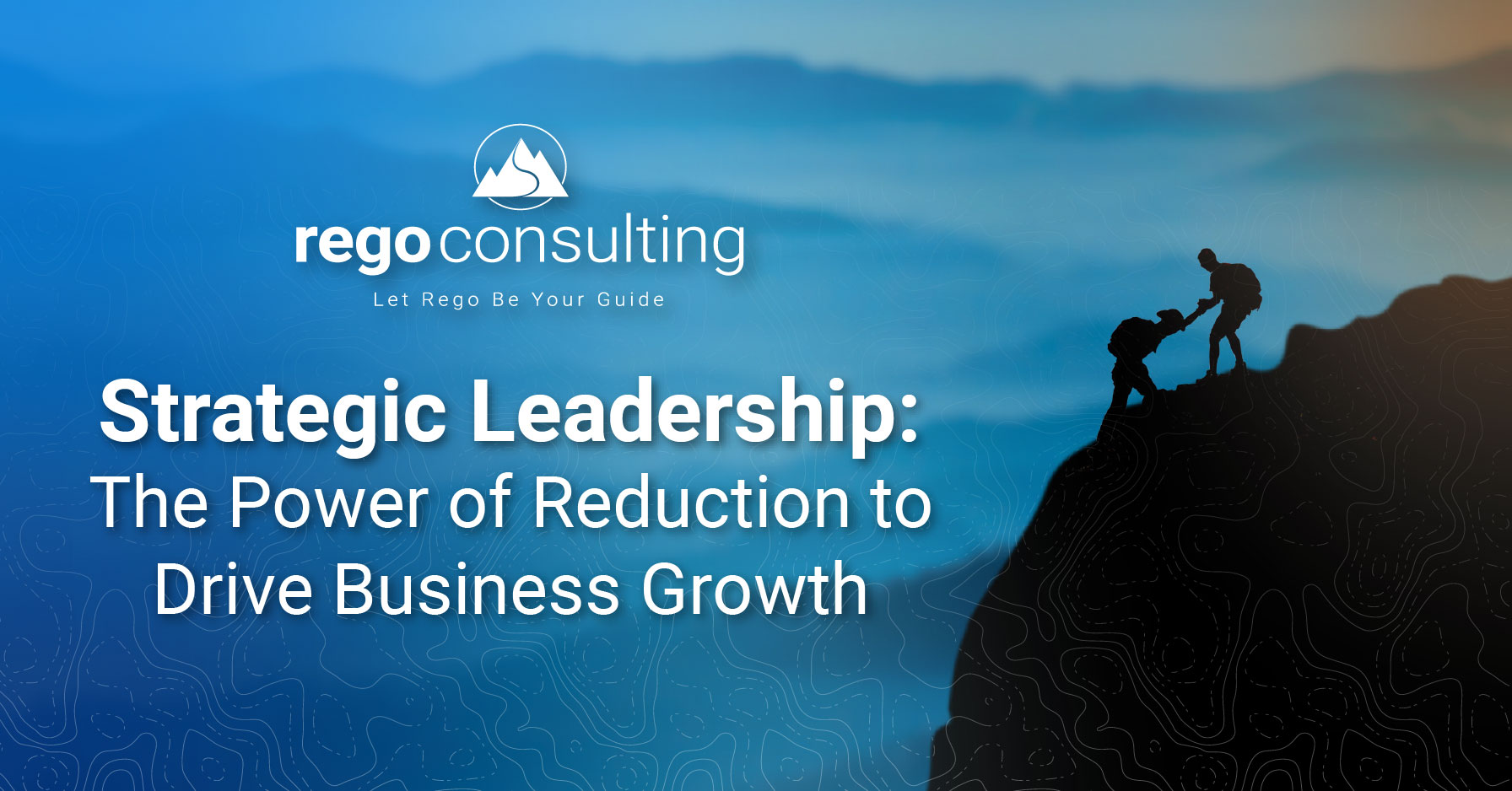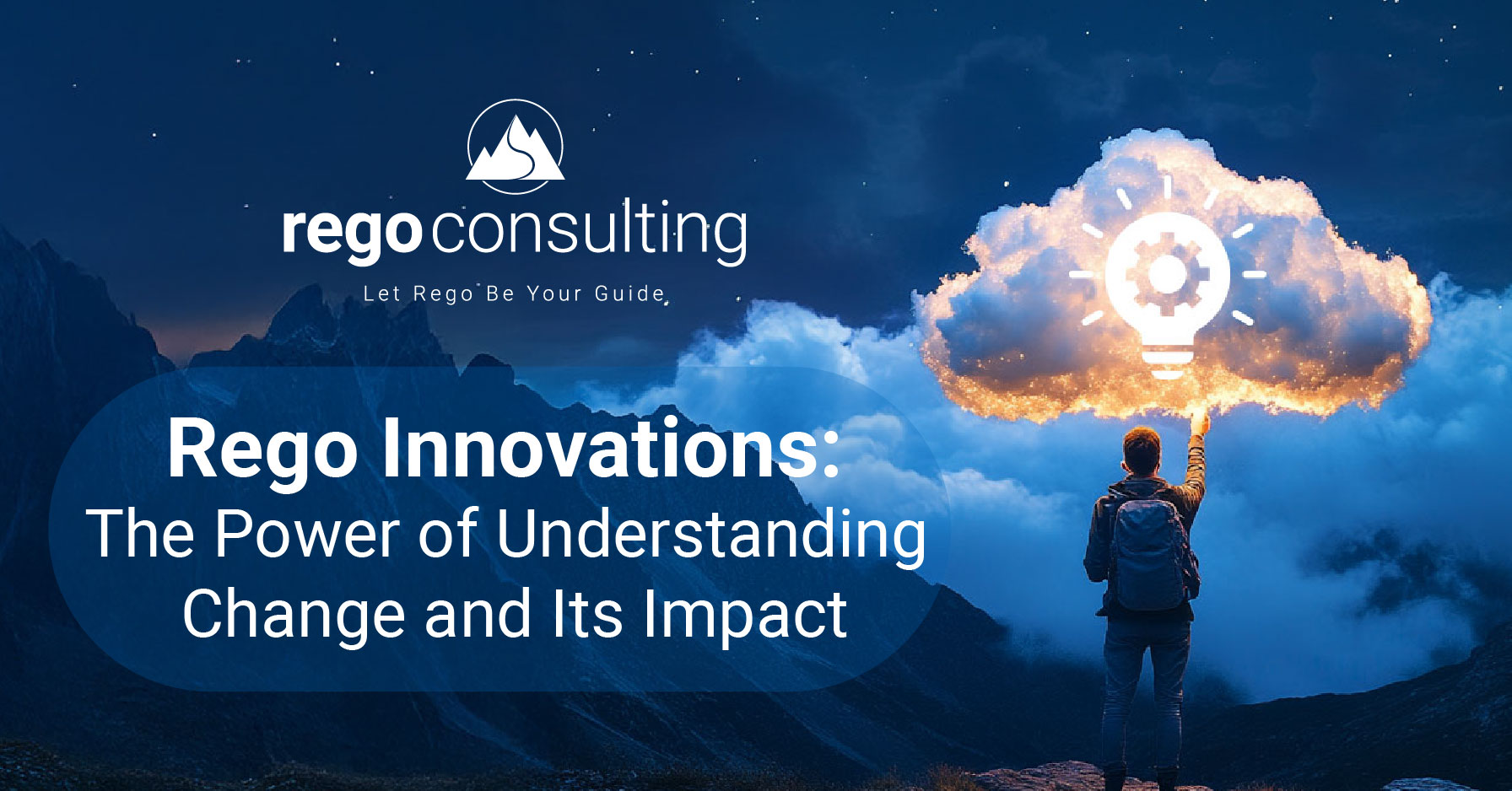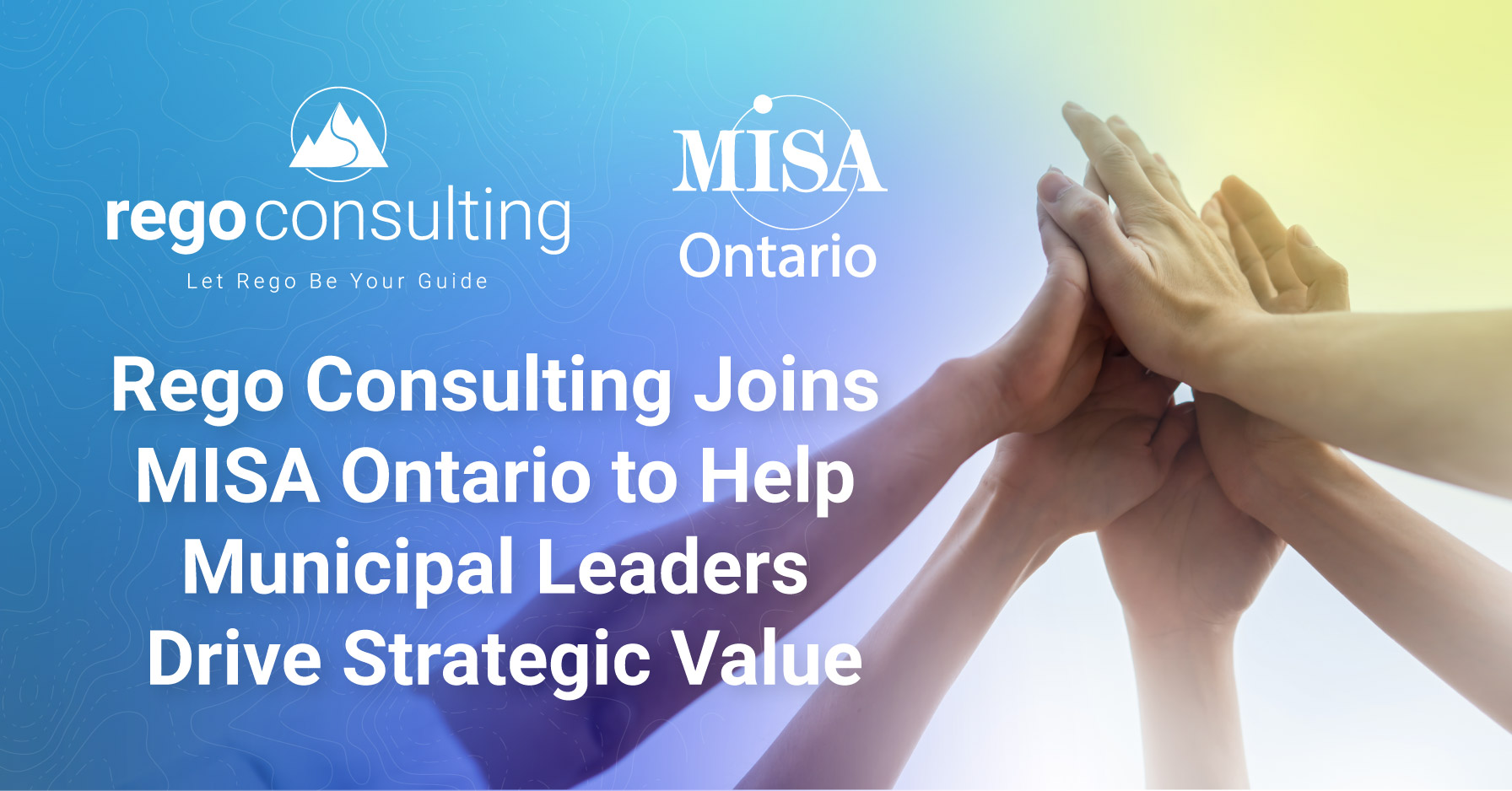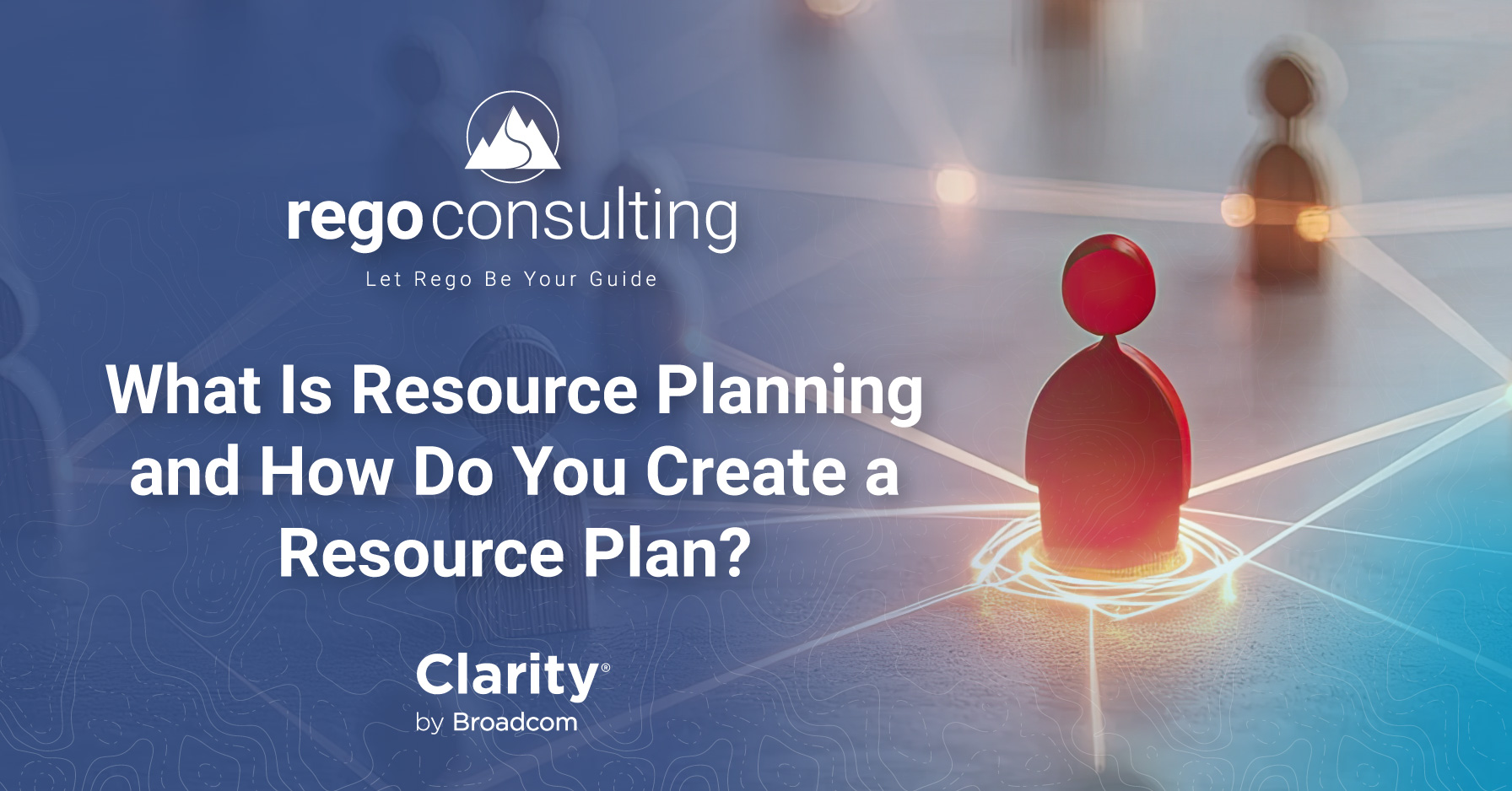
The goal of any Work Management (PPM and Agile) practitioner is to deliver valuable outcomes to the organization. Still, success depends on a seemingly endless list of factors: process and system maturity, appetite for investment, leader and team skills, understanding user pain and value propositions, internal politics, and changes in reporting structures or key initiatives. Add to this list the complications that may arise through changing tools or pivoting to different methodologies such as hybrids of waterfall PPM, Agile, and DevOps.
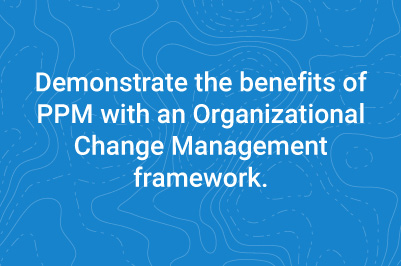 So, how do you achieve, re-achieve, and transparently demonstrate the benefits of PPM processes and systems? The answer may very well be an adoptable and adaptable Organizational Change Management (OCM) framework, which we’ll introduce in this blog post and develop further in a subsequent one.
So, how do you achieve, re-achieve, and transparently demonstrate the benefits of PPM processes and systems? The answer may very well be an adoptable and adaptable Organizational Change Management (OCM) framework, which we’ll introduce in this blog post and develop further in a subsequent one.
A solid OCM framework can help Work Management practitioners promote process and system adoption, both of which are imperative to delivering desired outcomes. Though the foundational concepts of OCM are relatively straightforward, applying them is often anything but. Some groups and organizations have a mature OCM method, allowing PPM folks to bake existing knowledge into their practice. But even without a fully formed OCM framework, it’s still possible to create and demonstrate value from the PPM-centric concepts below.
No matter where your PPM group is or what factors affect your situation, you can build skills progressively without resorting to expensive training or consultants. As groups see value from OCM activities, some invest further, but this activity can start at the grass-roots level with very little overhead. It simply requires some thoughtfulness and insights into organizational culture. Especially with a remote working environment, where development, end-users, and leadership are separate, groups, communication, and training fundamentals must be at the forefront of project/product/program delivery.
Fortunately, many standards are available online, such as the Kotter 8-step process and the ADKAR methodology, which can enable value quickly. Of course, creating the plan is more complex than understanding the concepts. Every environment is different, and OCM must be customized – at a reasonable cost – to meet the users’ unique needs who interact with and gain insights from the processes and systems.
What follows below is an OCM strategy you can tweak to meet your specifications. This strategy provides principles and communication tools to help with campaign scope, tasks, and OCM investments’ prioritization. You can use it as a starting point to build your OCM checklist, cadence, and calendars.
Document and Follow OCM Guiding Principles
Broad “buy-in” is vital to the success of Demand Management. Deliver a concise OCM campaign to accelerate the understanding and value of change in addition to the desired outcomes.
OCM Values
- Formal process and defined methods
- Reusable and scalable templates
- Consistency of message shared between user types when possible
- Quickly consumable and focused on personas – “What’s in it for me?”
- Right content at the right time; valuable and from most credible source – not spam
- Focus on process and outcomes – not tool
- Excitement and fun – part of group ROI
OCM Deliverables
- Communication Plan
- Training Strategy
- Communication Templates
- Training Templates
- Success Metrics
- Lessons Learned
As you build a communication plan and training strategy, focus heavily on pre-training awareness, hands-on activities, and reinforcement/support. When changes arise, get in front of them with a concise and resonating message to curtail misinformation, build trust and transparency, and help employees understand the value proposition and impact of the implemented investment.


When generating content, it adds efficiencies and effectiveness to build it with the intent of re-use in different communication mediums. While imperative to have a consistent message, much of the material that makes up the OCM artifacts can be pre-built well ahead of a change. A standard example of this is a “what’s in it for me” graphic, which may be used in an awareness communication or overview presentation, then included in training and later as part of success realization.
In part two of this topic, we’ll dive a little deeper into these concepts and how they can help you continue to derive real value from your PPM investment.
Let Rego Be Your Guide
Are you ready to explore ways to expand the value of your PPM, Work Management, ITBM, or Agile solution? Contact Rego’s expert consultants for a no-pressure conversation to find the training, solution, or process improvement to meet your needs.
Rego offers webinars, half-day training classes, and white papers. For a full list of Rego services, please visit regoconsulting.com.

